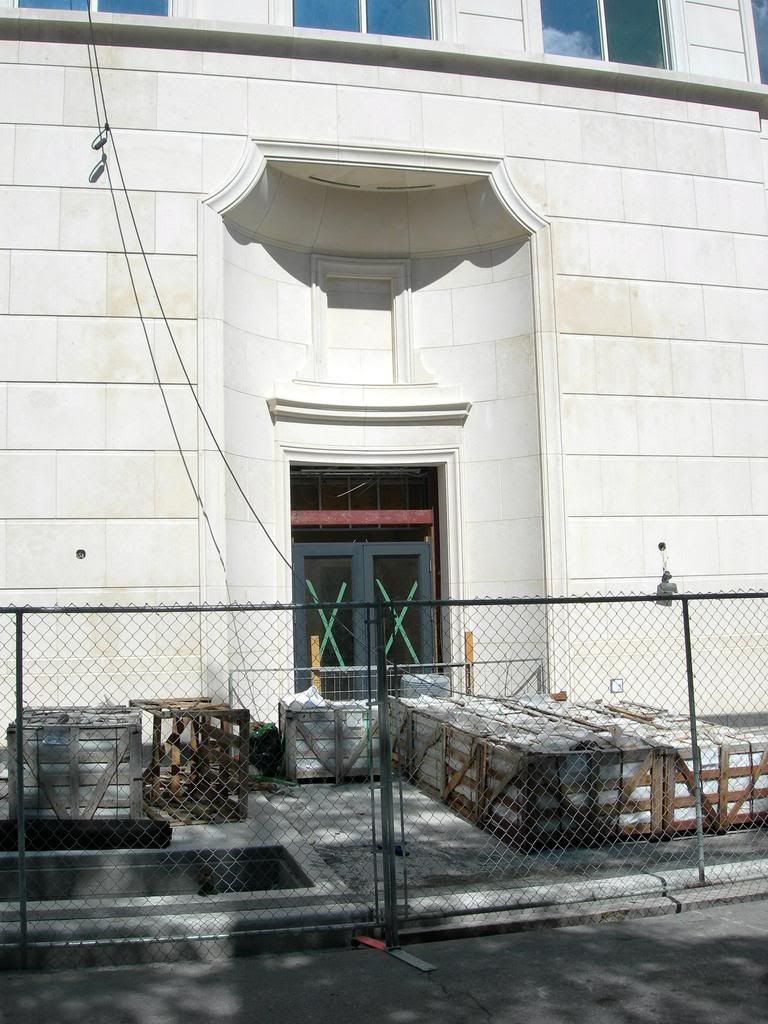Urban Shocker
Doyenne
But, since Clewes and his culture has been mentioned, here are a few easily-Googled quotes from him about the outlook and approach that aA takes:
"Housing makes cities. Theory's rediscovery of the city and its reification of urbanism over the past three decades has been inversely proportional to practice's involvement in mass housing. While residential construction constitutes over 80% of building activity in North America, this activity occurs beyond the purview of the salon. The housing problem was once a fundamental project of the Modern Movement. Reeling from the failures of post-war urban renewal initiatives and recently discredited as a valid policy issue by neo-liberalism, housing has been left to the vagaries of the marketplace. The hegemony of the development industry and the commoditization of dwelling have silenced design culture. At the present moment, housing has lost its architectural cachet.
******
We embrace the messiness and vitality of the contemporary city, and are willing to navigate the complexities, challenges and compromises necessary for its construction. We enjoy the scale, ambition and essential optimism of developers. In no small part, the general awfulness of our cities is due to the studied refusal of committed architects to involve themselves in their dreams."
"Housing makes cities. Theory's rediscovery of the city and its reification of urbanism over the past three decades has been inversely proportional to practice's involvement in mass housing. While residential construction constitutes over 80% of building activity in North America, this activity occurs beyond the purview of the salon. The housing problem was once a fundamental project of the Modern Movement. Reeling from the failures of post-war urban renewal initiatives and recently discredited as a valid policy issue by neo-liberalism, housing has been left to the vagaries of the marketplace. The hegemony of the development industry and the commoditization of dwelling have silenced design culture. At the present moment, housing has lost its architectural cachet.
******
We embrace the messiness and vitality of the contemporary city, and are willing to navigate the complexities, challenges and compromises necessary for its construction. We enjoy the scale, ambition and essential optimism of developers. In no small part, the general awfulness of our cities is due to the studied refusal of committed architects to involve themselves in their dreams."









